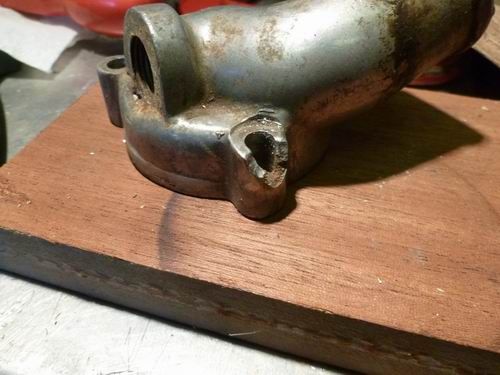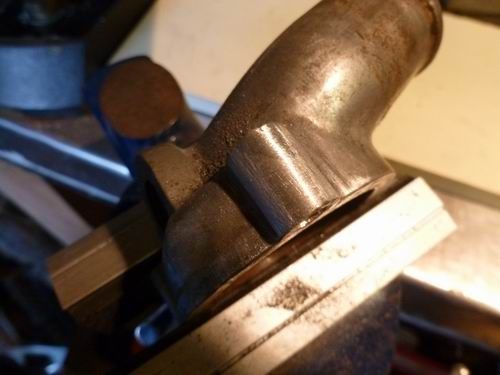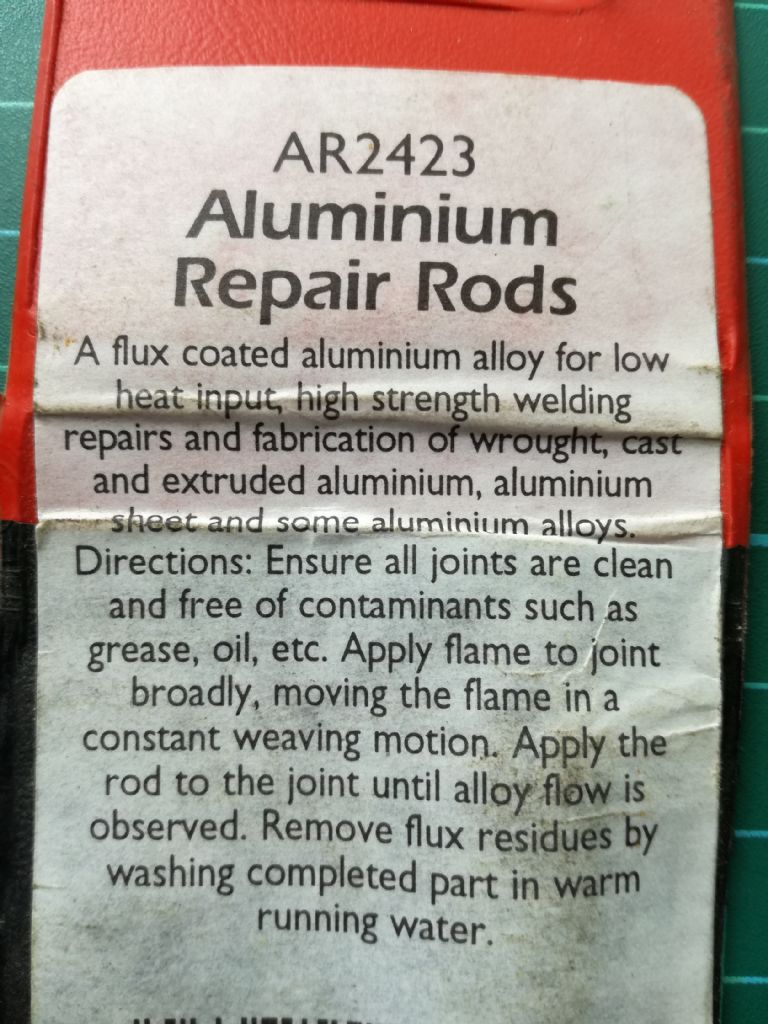AJAX makes a good point about matching the melt temperature of these aluminium "brazing" rods to the that of the alloy being repaired.
Its many years since I used the Lumiweld branded ones I bought not too long after they first appeared on the open market but I recall coming very close to disaster on the second job. Which almost ran away from me but a bit of plumber style wiping saved the day. Looked to be a pretty basic sand cast aluminium too.
Its very easy to overlook the fact that the melt point depressing effect runs into the component being repaired. As you are heating the the main body of the part just behind where the repair is to be made once the break surface is hot enough for the rod to start melting and depressing the melt point of the part itself so fusion can begin the temperature behind the break will be "too high".
So the melt zone proceeds apace if rod melt temperature and body material melt temperature are too close.
The cure is to lift the heat away from the junction before the main body starts to collapse. But if the rod temperature is too close to the material melting point it's darn difficult to reduce heating by the right amount quickly enough.
The first job I did was on an alloy with a decently higher melting point than the Lumiweld rods. Worked like a charm. Just like the instructions said. So I got overconfident and the second job proved things weren't so simple.
Not a job I'd do for othr people! The rods I have left are for me only.
Clive
not done it yet.










